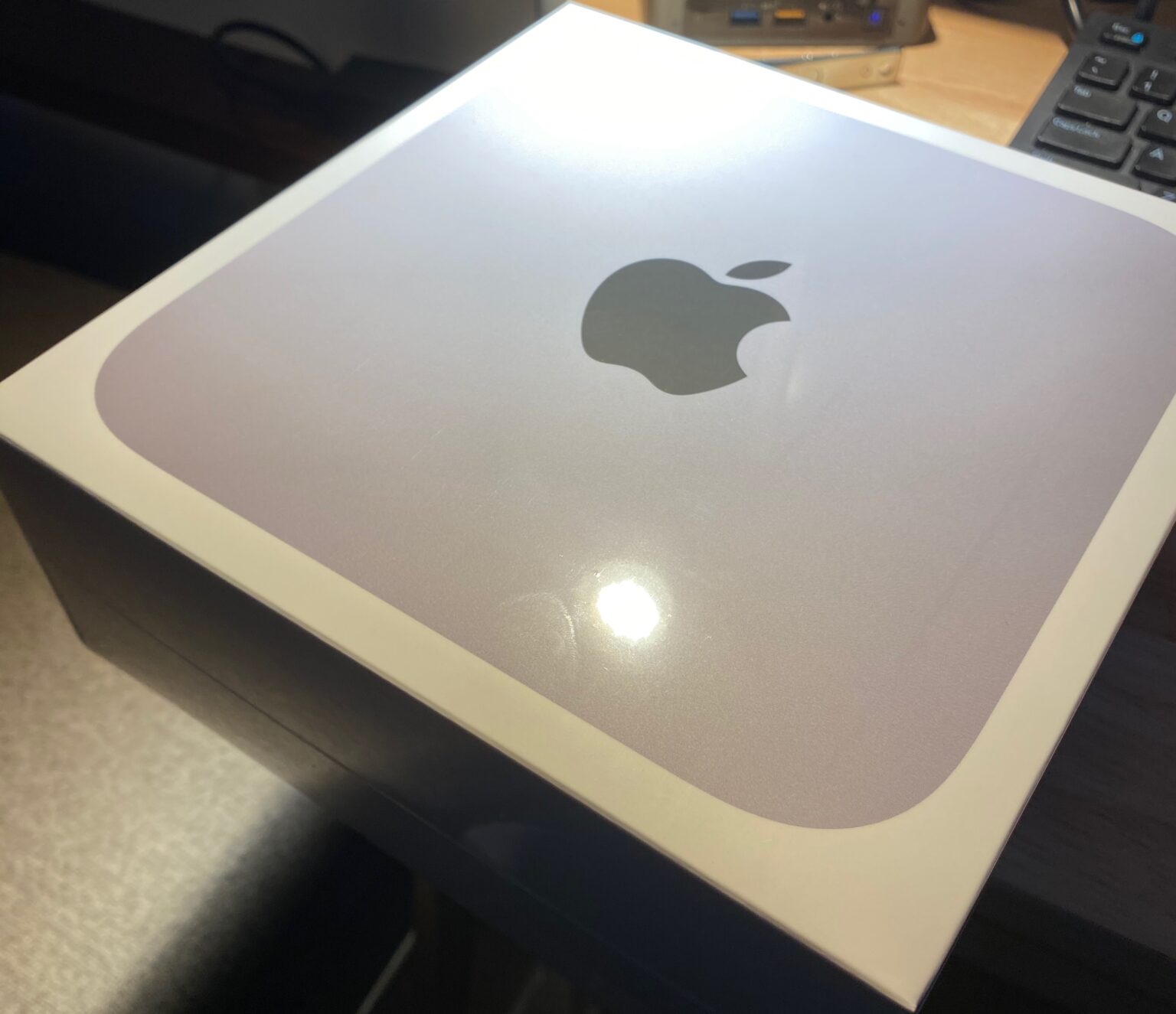

#Mathematica for mac m1 pro#
readmore first notebook of its kind, this MacBook Pro is a beast. Up to 3.7x faster CPU performance Up to 13x faster graphics performance Up to 11x faster machine learning Up to 21 hours battery lifePro to the Max.M1 Max - Scary faster.M1 Max is the most powerful chip ever created for a pro notebook, with 10 CPU cores, up to 32 GPU cores, and a 16-core Neural Engine. Add to that a stunning Liquid Retina XDR display, the best camera and audio ever in a Mac notebook, and all the ports you need. With the blazing-fast M1 Max chip - the first Apple silicon designed for pros - you get groundbreaking performance and amazing battery life. The Pcworld Shop is bringing you great deals on lots of Apple Laptops including Apple MacBook Pro 16", M1 Max w/10-C CPU & 32-C GPU, 64GB, 1TB, Silver,Late 2021. Supercharged for pros.The most powerful MacBook Pro ever is here. On top of that, the incredible interactive documentation for the language is something everyone should experience.See more pictures Apple MacBook Pro 16", M1 Max w/10-C CPU & 32-C GPU, 64GB, 1TB, Silver,Late 2021 For developers, there is a lot to learn from the language, which is heavily influenced by Lisp’s M-expressions, and the notebook enviroment, which is just starting to be replicated by iPython. Just getting to experience the language and environment with only a $35 investment is worthwhile. For instance, getting the closed form of an integral or derivative is still practically instantaneous from a human’s perspective. Much of what most people use Mathematica for doesn’t require extreme performance.

#Mathematica for mac m1 free#
ConclusionĮven though Mathematica is much slower on the Raspberry Pi, it’s a tremendous free gift and it still has many uses:Ī recent guest post from Wolfram Research on the Raspberry Pi blog links to several projects that take advantage of the easy ways of controlling hardware using Mathematica on the Raspberry Pi. 133.3 before) is much closer to the ratio we see from the other tests that don’t take advantage of specifics of the architecture. The version that doesn’t take advantage of the Listable attribute takes 1.63 seconds on the Macbook Pro and 62.64 seconds on the Raspberry Pi. Note that I’m only running this once, as opposed to the 30 times in the original test, because the non-Listable version is so much slower. The MathematicaMark score is the geometric mean of the reciprocal of the timings, normalized against some reference system’s timings: The latest version of the benchmark, MathematicaMark9, consists of 15 tests that use both numeric and symbolic functions. Mathematica ships with a benchmarking package called MathematicaMark. I’ve got a laptop and a Raspberry Pi, so I decided to put this to the test. To be clear, the Raspberry Pi is perhaps 10 to 20 times slower at running the Wolfram Language than a typical current-model laptop (and sometimes even slower when it’s lacking architecture-specific internal libraries). In the announcement, Stephen Wolfram gave this disclaimer:

#Mathematica for mac m1 for free#
I’m really excited about Wolfram Research’s announcement that Mathematica and the Wolfram language are now available for free on the Raspberry Pi.


 0 kommentar(er)
0 kommentar(er)
